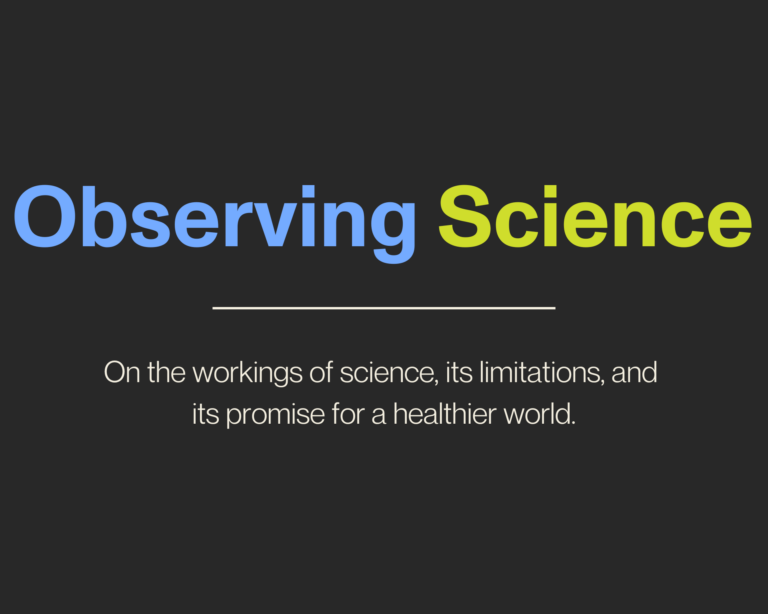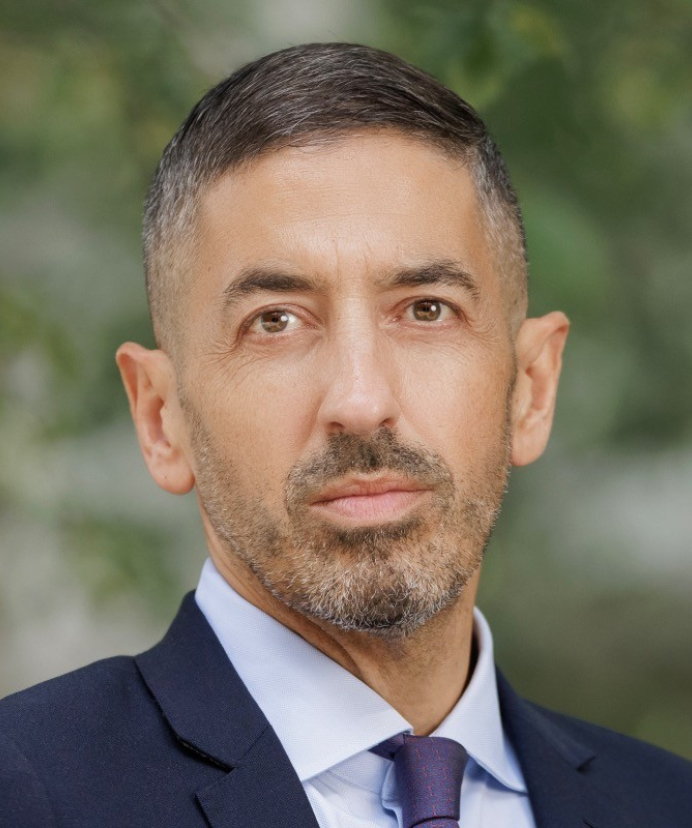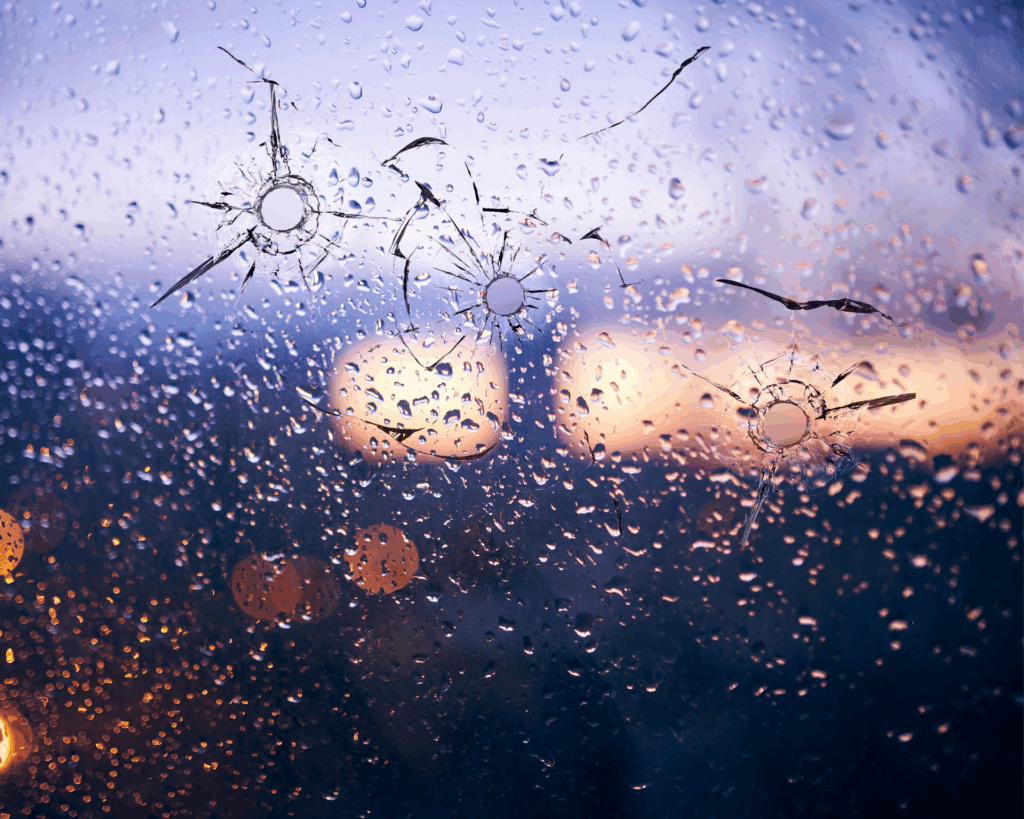On Apostasy
From the printing press to social media, how we communicate about science is changing. And we must adapt to ensure public trust.

Read Time: 5 minutes
Published:
The movable type printing press was invented in the mid-fifteenth century in Germany by the goldsmith Johannes Gutenberg. The press, which could produce up to 3,600 pages a day, was a dramatic change from previous ways of reproducing texts, which could produce at best a few pages a day. This was transformative for the spread of texts and ideas, and within a few decades, by the start of the sixteenth century, hundreds of printing presses existed throughout Europe.
The printing press heralded changes throughout the Western world, not the least of which was its challenging the hegemony held by the Catholic Church over religious ideas and attendant beliefs. With the advent of the printing press, religious texts could be distributed more readily, giving space to individual interpretations and finding mainstream audiences. Most notable was the spread of the work of Martin Luther, which led to the development of the Protestant Reformation throughout Europe.
It is easy to see analogies between the emergence of the printing press challenging what was once a tightly controlled flow of information from organized religion, and the emergence of social media challenging how science is done and communicated. Tim Berners-Lee, a British scientist working at CERN, invented the World Wide Web in 1989, with the first web servers coming into operation in 1991. Access to the web for the general public began in the mid-1990s, and since then, growth has been exponential. Social media sites like Friendster and MySpace emerged in the early 21st century, and soon became nearly ubiquitous. Today, more than 60% of the global population, or more than 5 billion people, are on social media. For the first time in human history, anyone can put information out into the world that—at least theoretically—could be accessed by anyone on the web.
[W]ithout consensus, without gatekeepers, the internet has allowed the usual scientific disagreements to seem extreme, creating more doubt and uncertainty about scientific truth than is warranted.
The emergence of this technology has had enormous implications for how we disseminate science. Science used to be the purview of scientists (just as religion used to be controlled by a small number of devout authorities), disseminated only through peer-reviewed journals that the public seldom had access to. Scientists would do their work, and mass media outlets (newspapers, perhaps television) would dutifully report scientific findings of note. Only scientists had access to the ideas, and it was nearly impossible for anyone else to communicate ideas about science. And most often, these ideas represented scientific consensus; disagreements between scientists took place out of the public’s view at scientific meetings and in journals.
All of this has now changed, and anyone can communicate any idea they want at any time, and, well, call it science. This became particularly notable during COVID-19, when there was a maelstrom of science information available on social media and the web, much of it a representation of actual science, and much of it…not. A recent review found that more than a quarter of all health information on social media, for example, is wrong. About a quarter of Americans also read science information on social media that appears to be entirely fabricated. And, compounding this challenge, it appears that false news spreads faster on social media than accurate stories.
This development has substantially changed science communication and transformed the role of established scientists and science communication channels. It has allowed the emergence of any number of different ideas about the findings of science, making way for a substantial “reformation” of how science engages with the public. It is difficult to know if the public is, at this moment, against expertise altogether, or if they want uncurated expertise where lots of opinions circulate and each person can make up their mind.
Is this a good thing? Insofar as this change has created opportunities for otherwise unheralded ideas to see the light of day, it is hard to argue against the democratization of means of dissemination. And yet, without consensus, without gatekeepers, the internet has allowed the usual scientific disagreements to seem extreme, creating more doubt and uncertainty about scientific truth than is warranted. Worse, the proliferation of unchecked information paves the way for misinformation and fabricated ideas that have contributed to an erosion of public trust in science. It is hard to say that our age of the digital printing press offers an improvement over the older way of communicating. There remains poorly done science, but even the best science can be made to seem poor in a social media environment without objectivity, transparency, or integrity.
What is clear is that this change is here to stay. The job of science now remains to continue doing the hard work of generating science, peer-reviewing it, ensuring that it is rigorous and reproducible, and finding ways to communicate it even amid the din and clatter of alternative facts.
Previously in Observing Science: Can Science Lead to Real-World Change More Efficiently?




